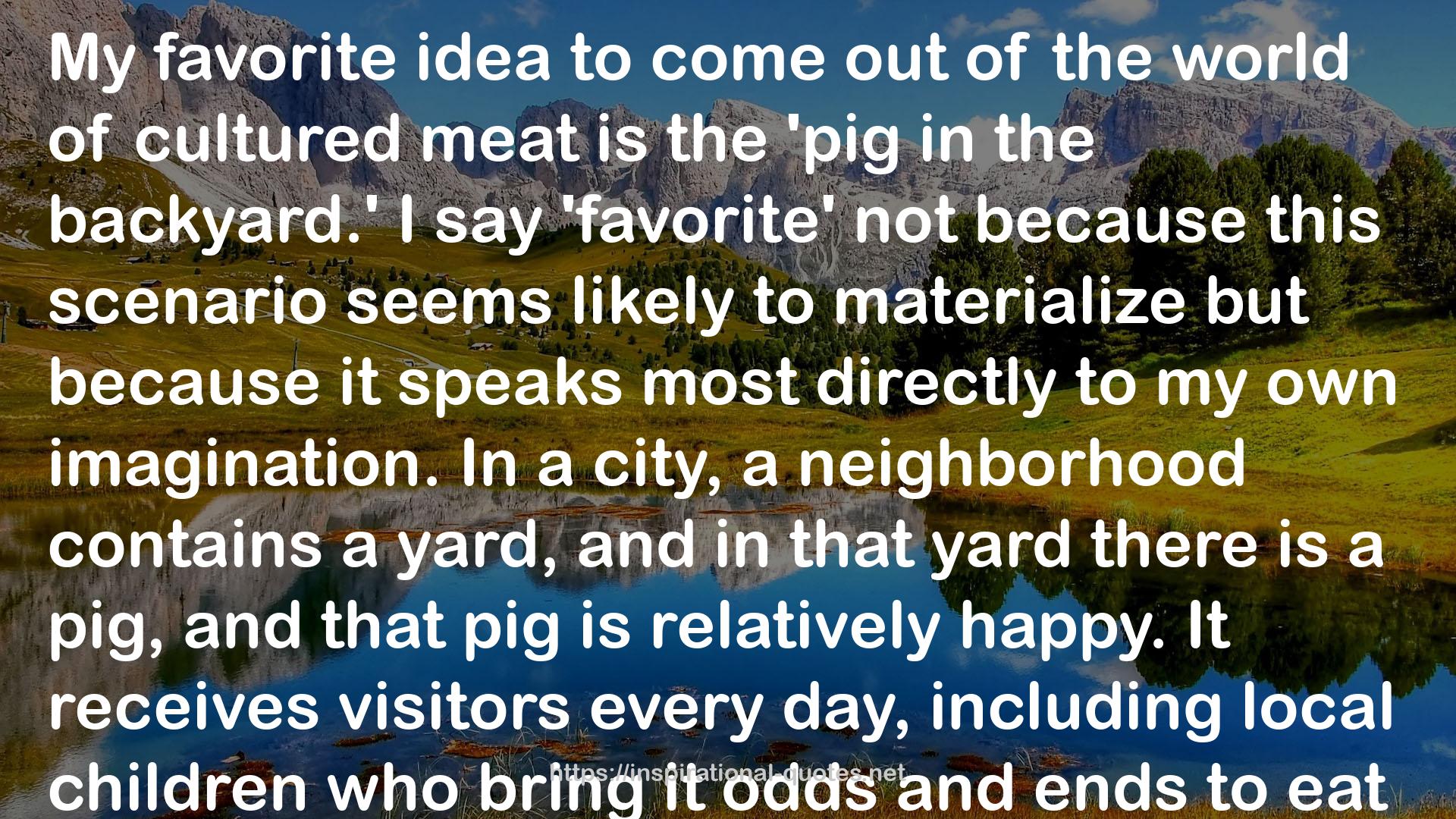Meat Planet: Artificial Flesh and the Future of Food QUOTES
SOME WORKS
- The Complete Pat of Silver Bush Series: Pat of Silver Bush / Mistress Pat
- Lucy Maud Montgomery Short Stories: 1896-1901
- Road to Avonlea-Boxed Set (Road to Avonlea, #1-5)
- The Selected Journals Of L.M. Montgomery, Vol. 4: 1929-1935
- Anne of Green Gables
- Lucy Maud Montgomery Short Stories, 1909-1922
- The Selected Journals of L.M. Montgomery, Vol. 2: 1910-1921
- Anne of Green Gables Gold Collection
- Anne of Green Gables

